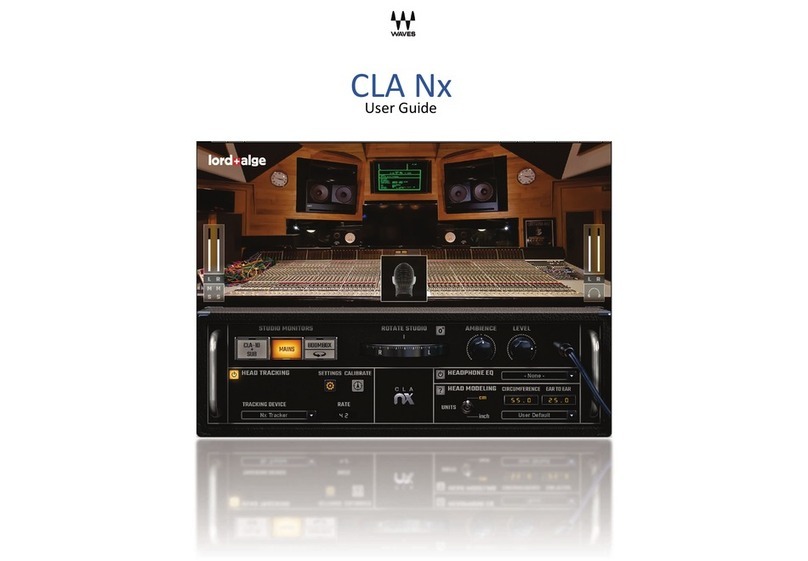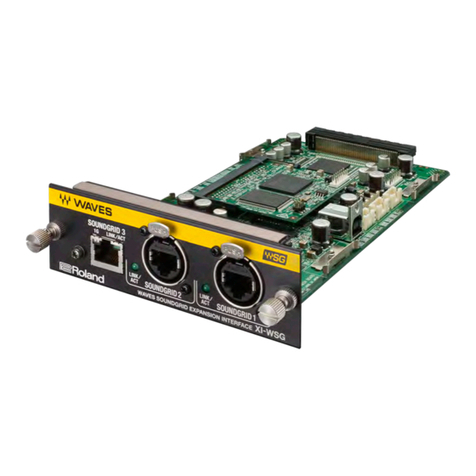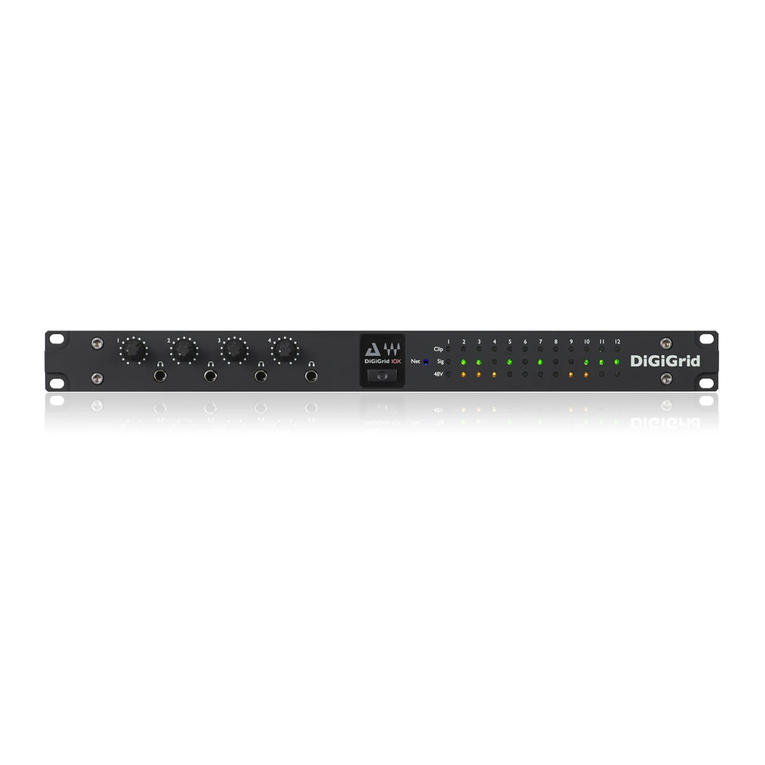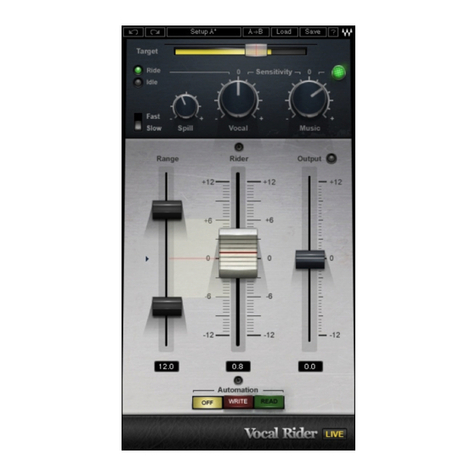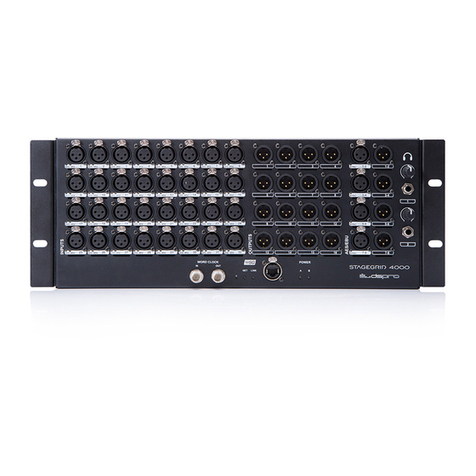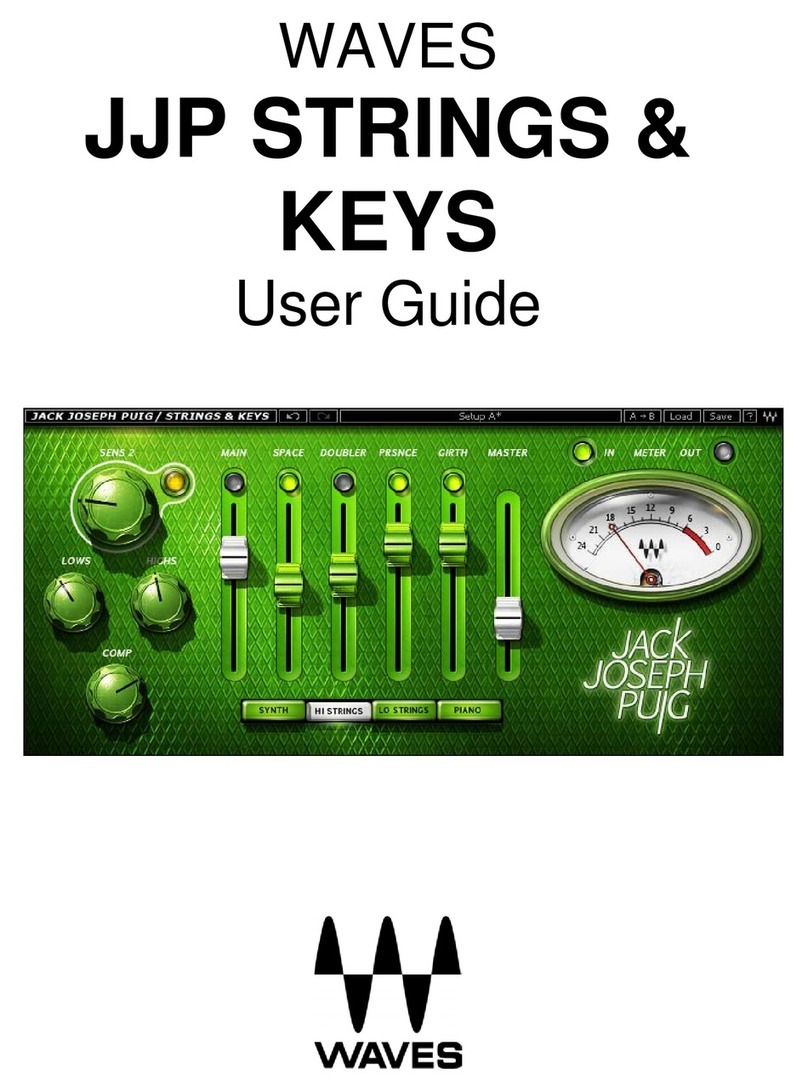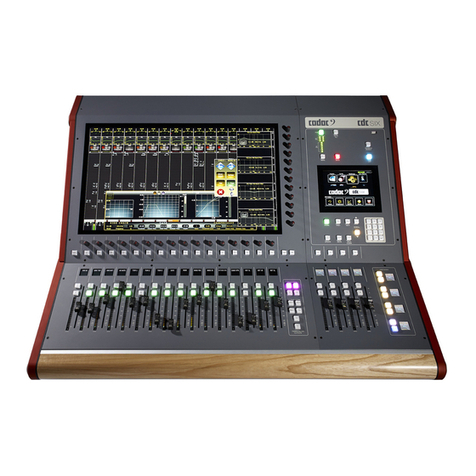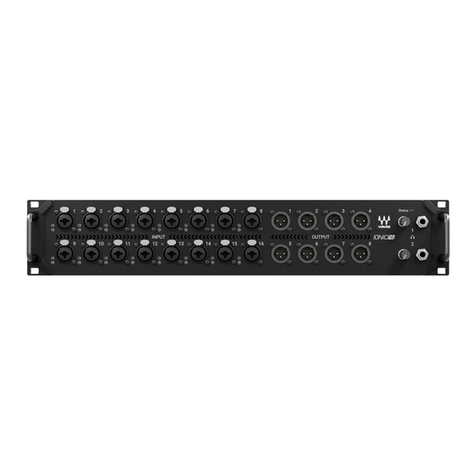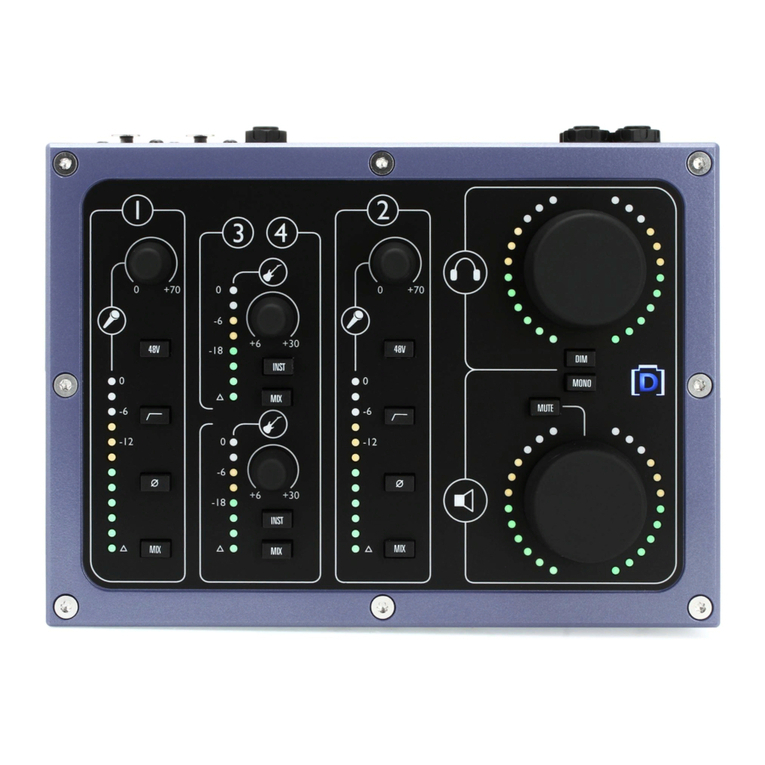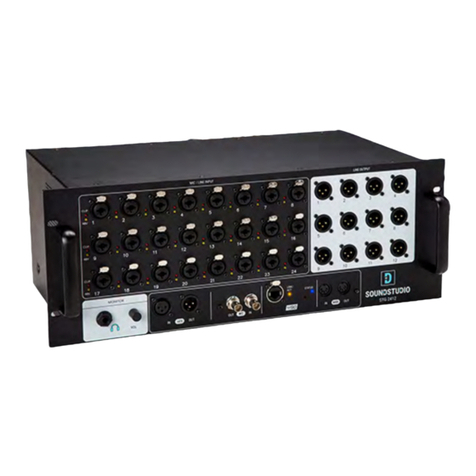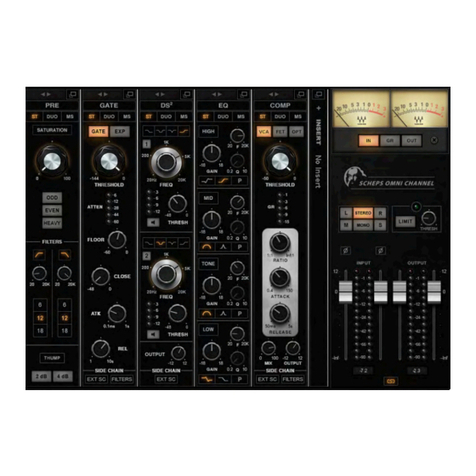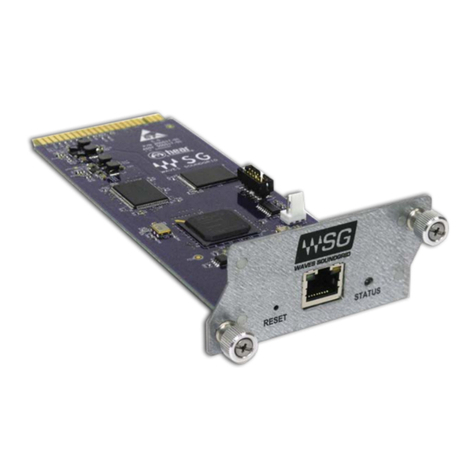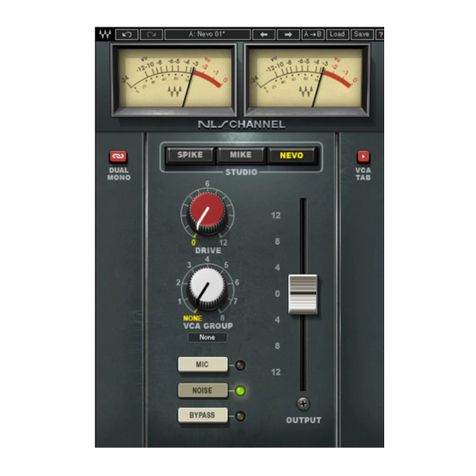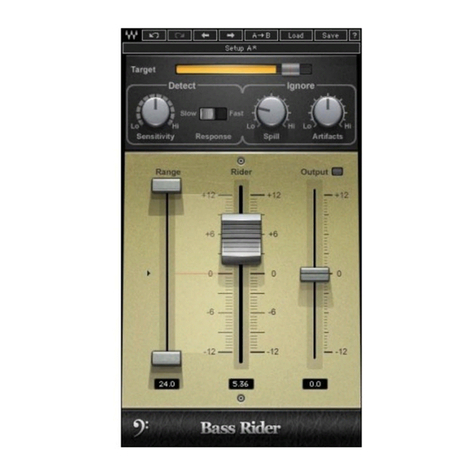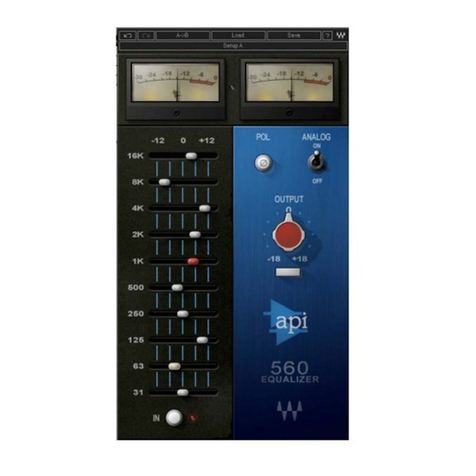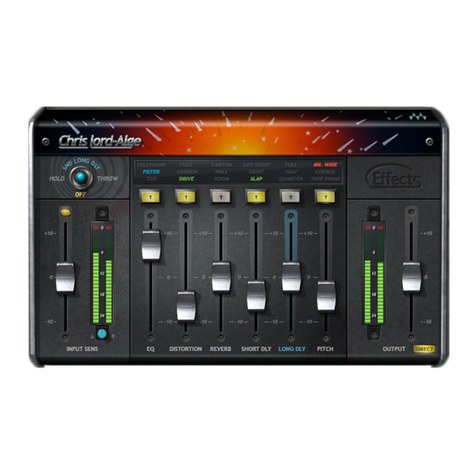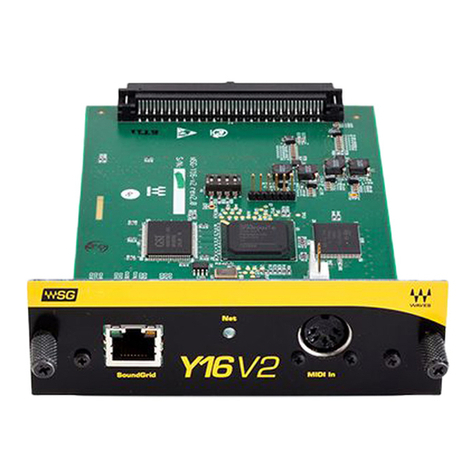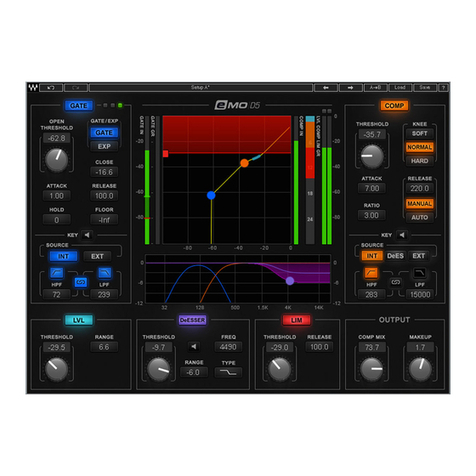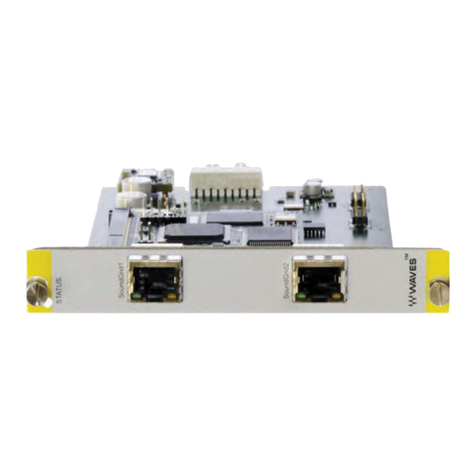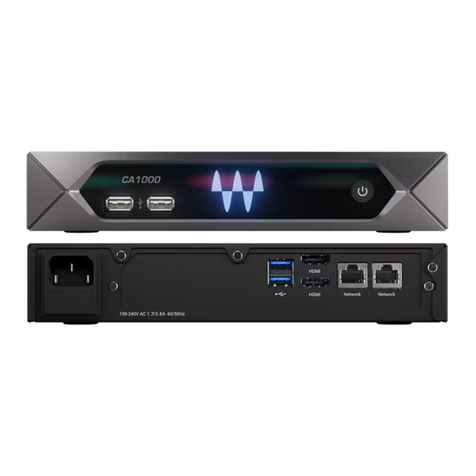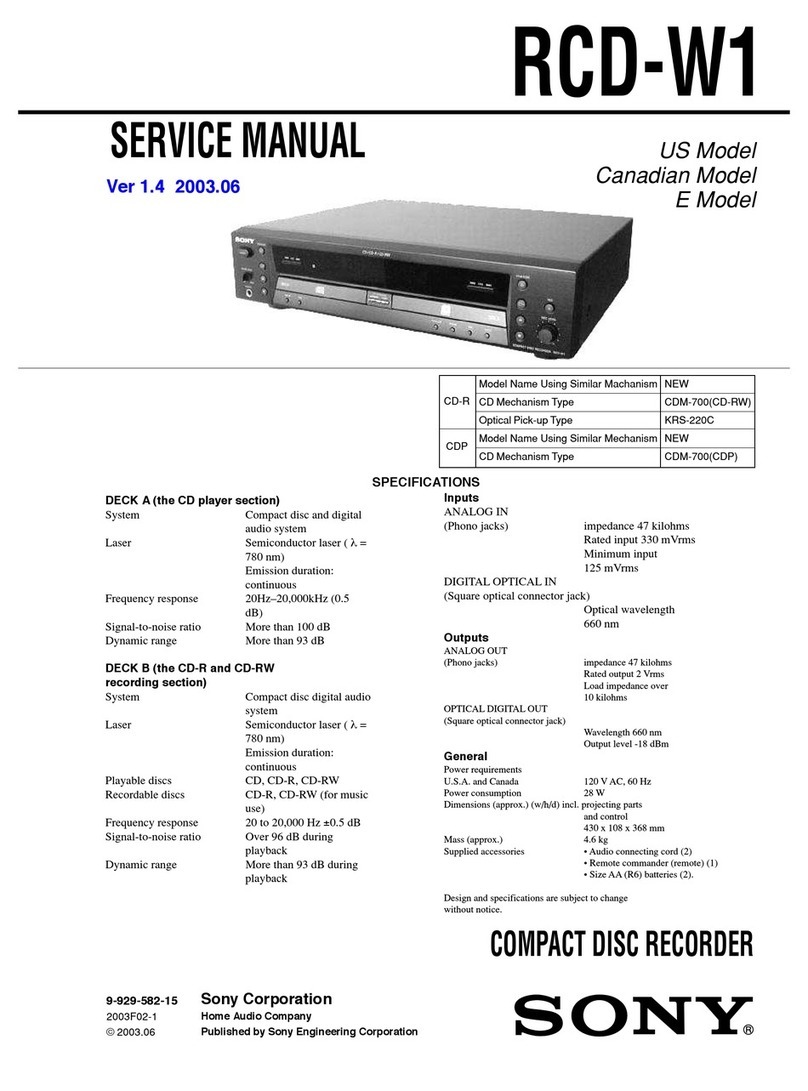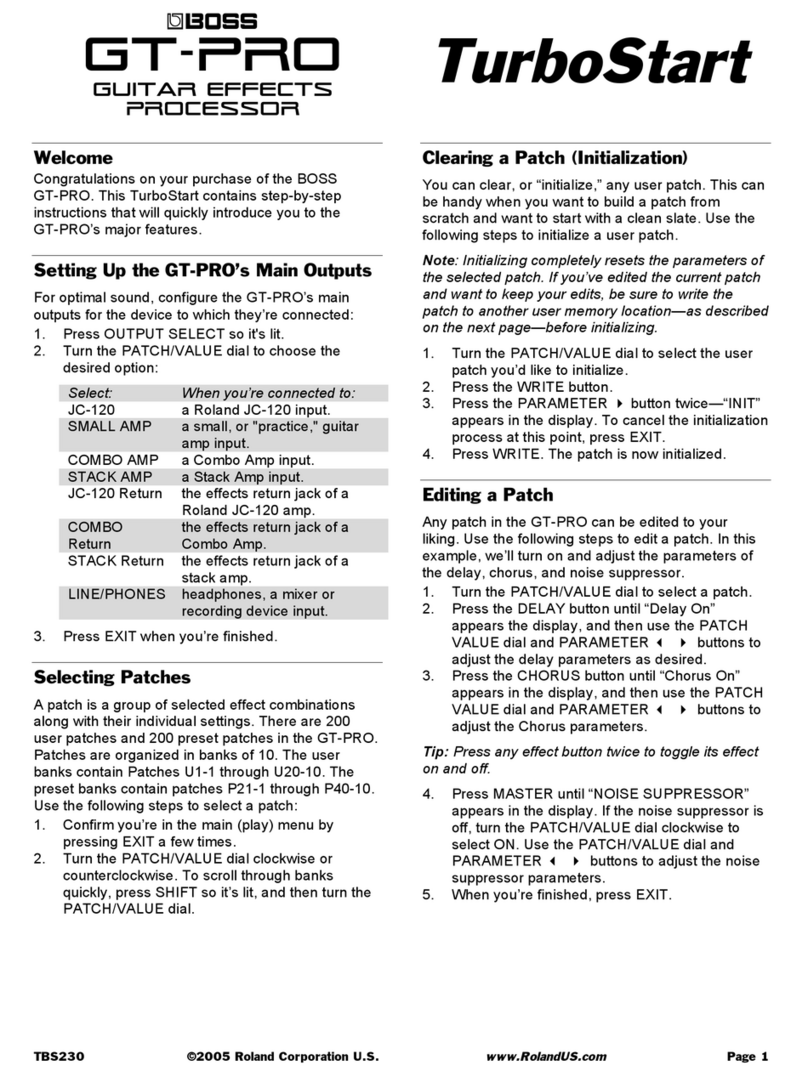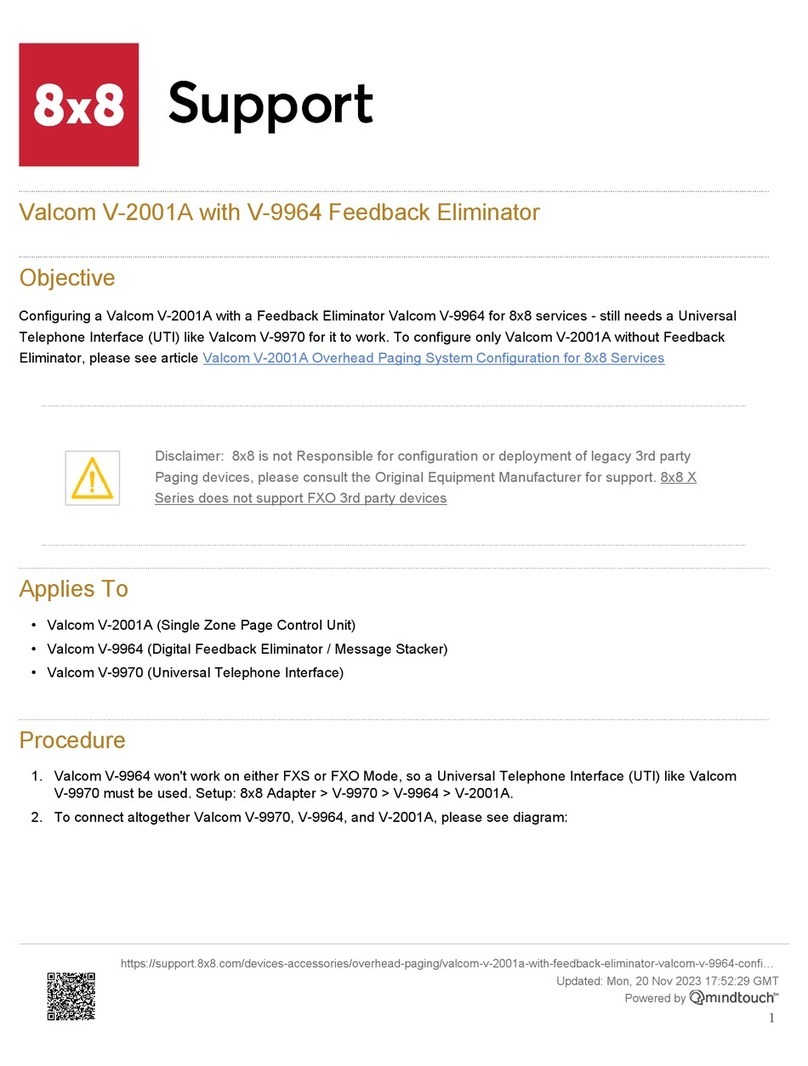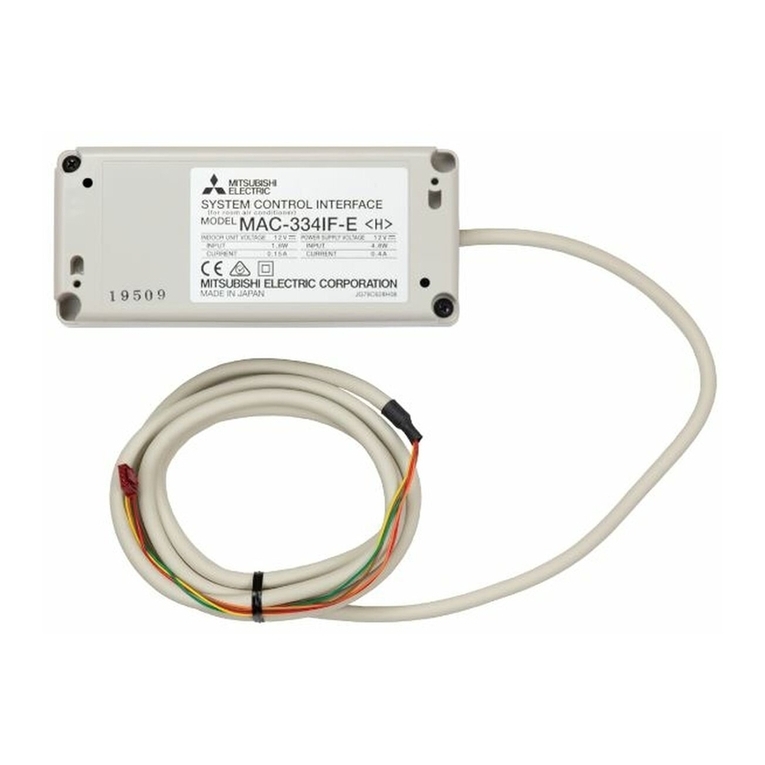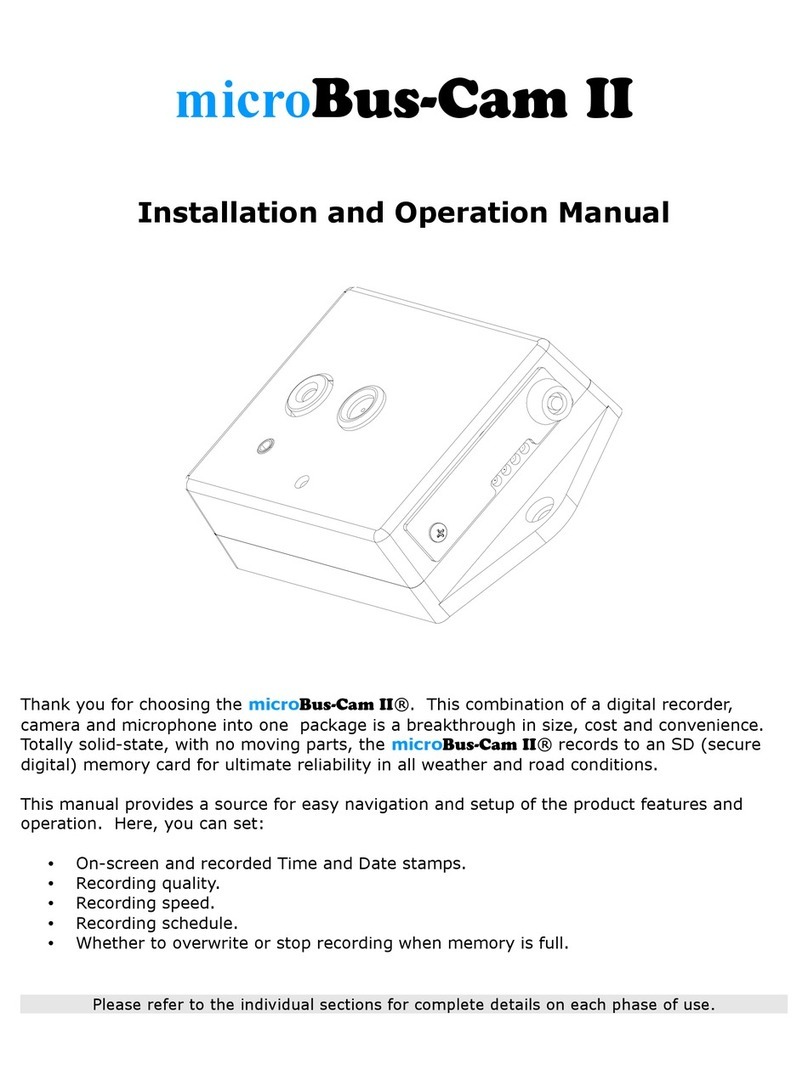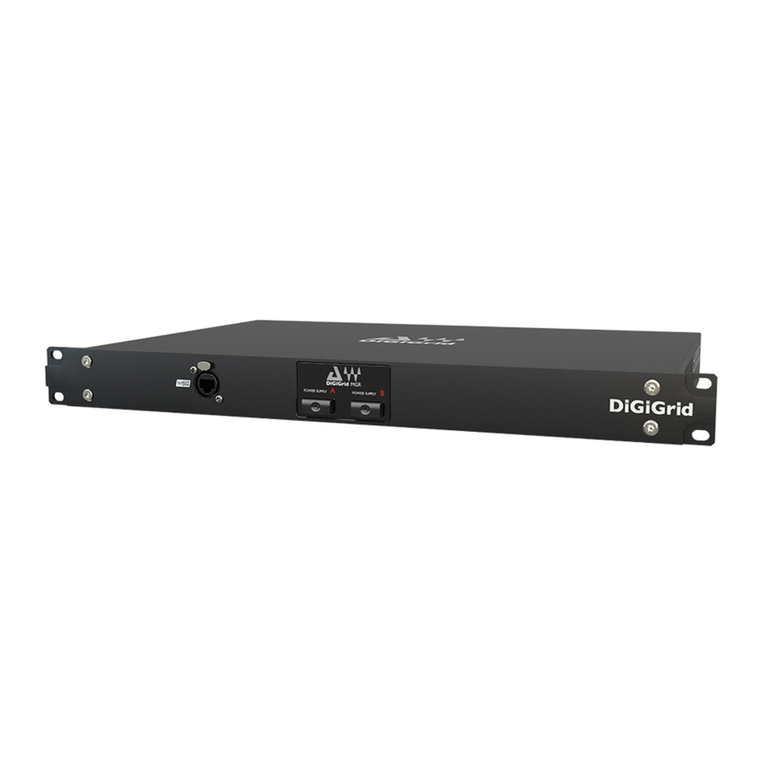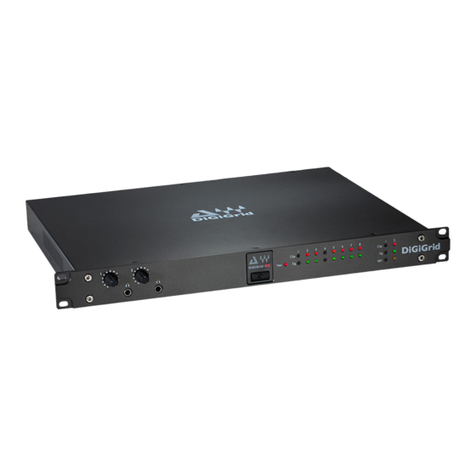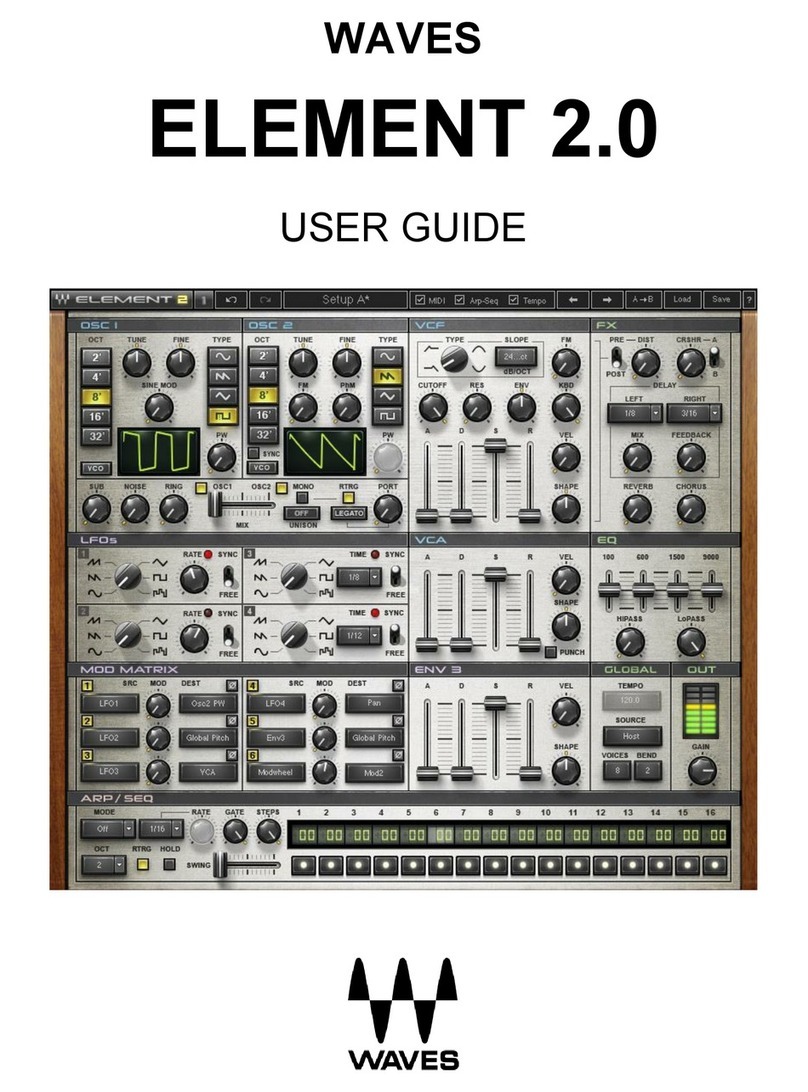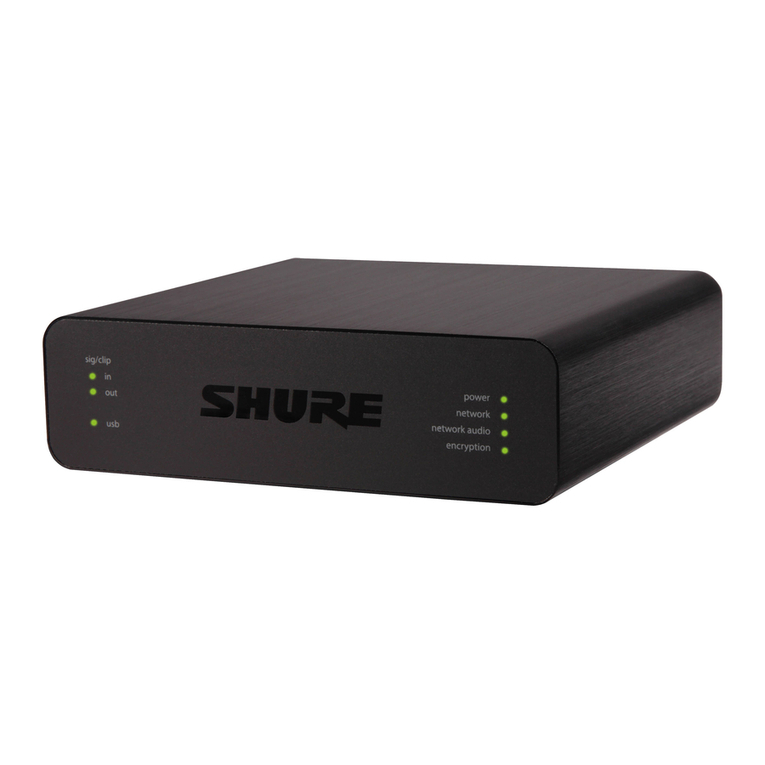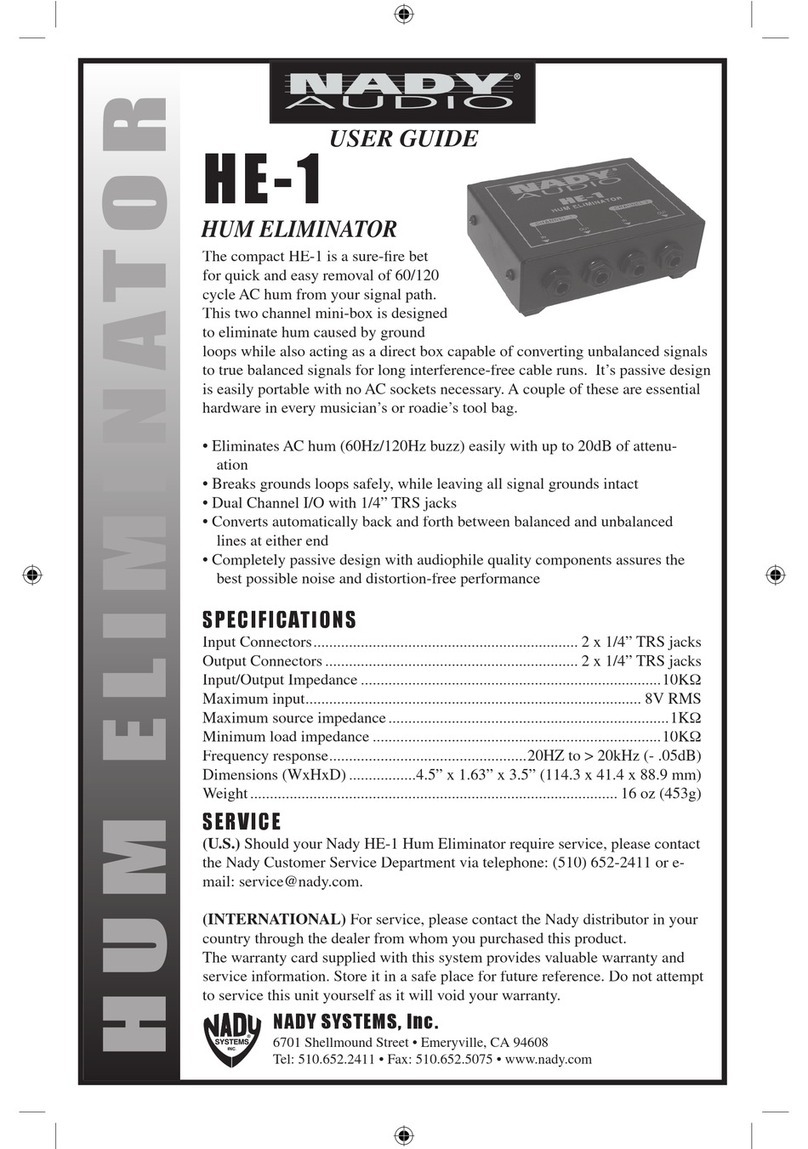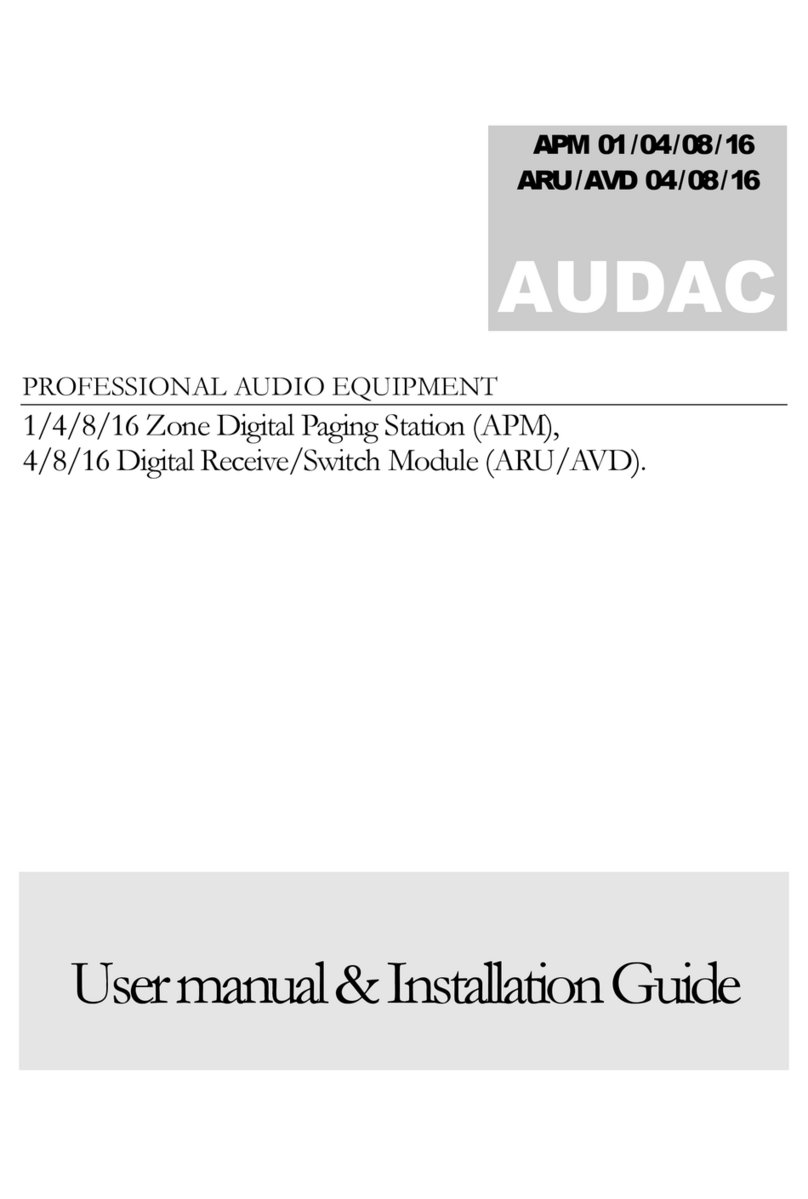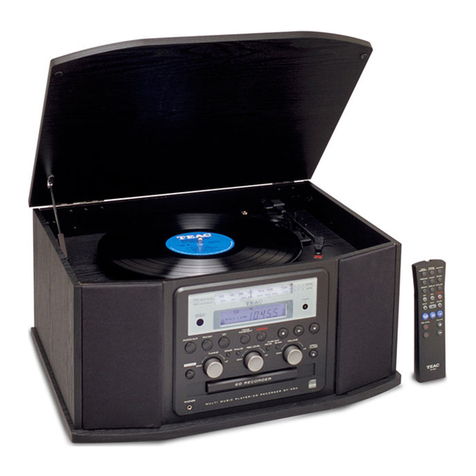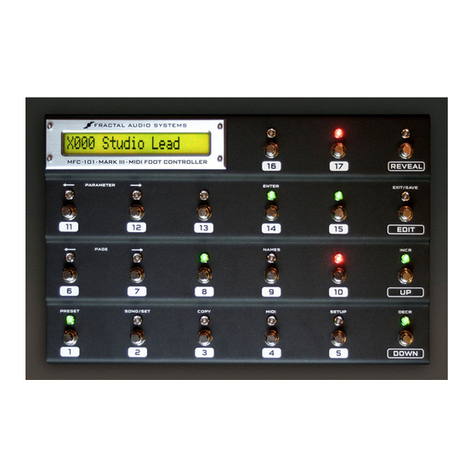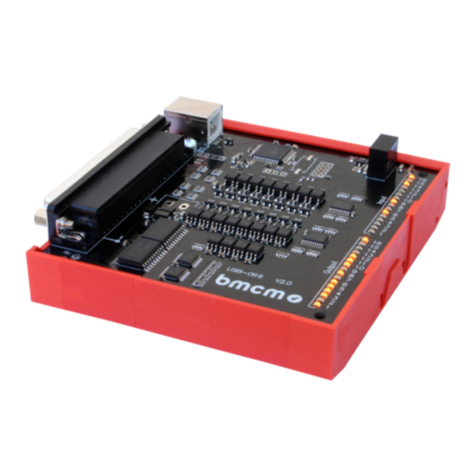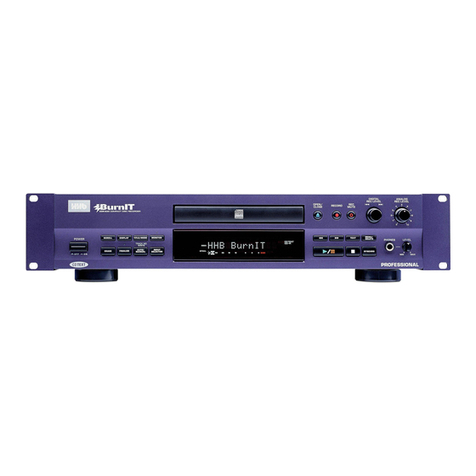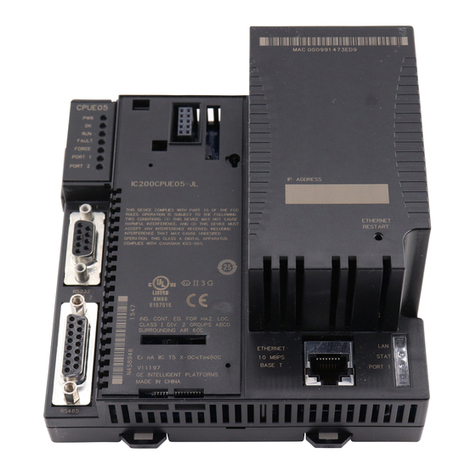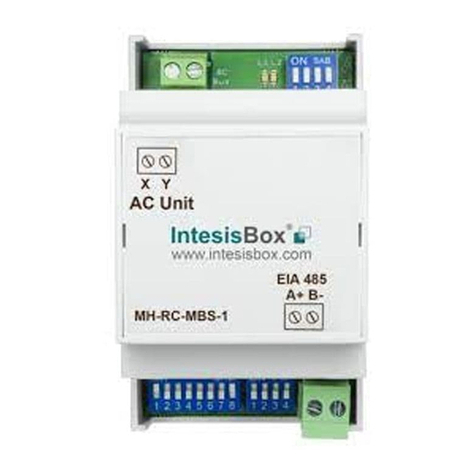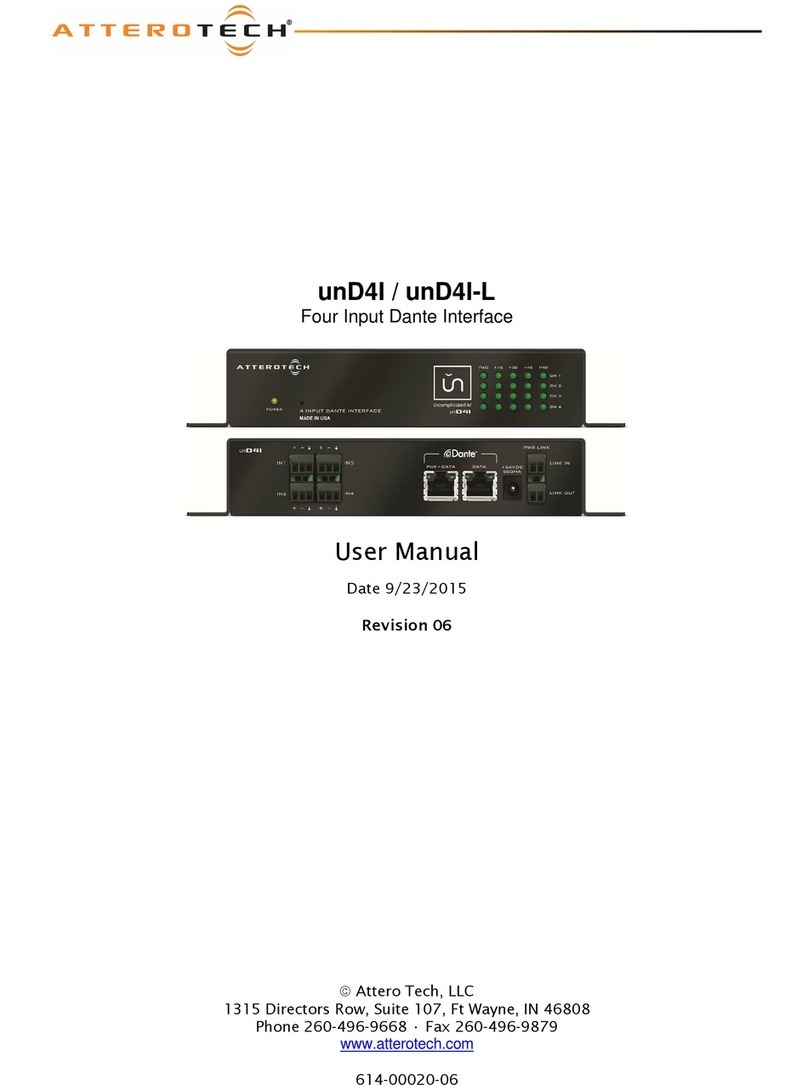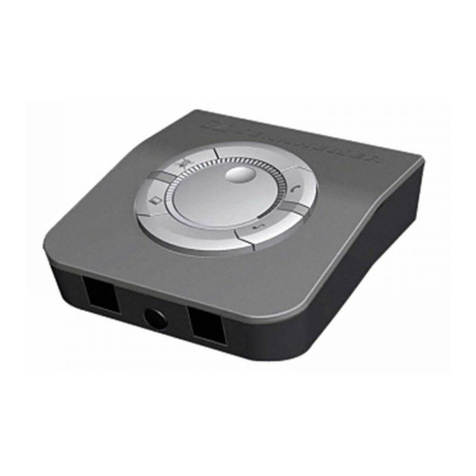
Waves / Abbey Road J37
User Guide
Before adopting the J37, Abbey Road had used a 4-track Telefunken tape recorder, a large and
cumbersome machine that required a separate machine room. Since the producer and tape operator were
in separate spaces, communication problems were common, which complicated and prolonged the
recording process. In contrast, the J37 was small enough to be placed directly in the control room,
opening up the creative potential for multitrack recording.
Following the rigorous testing process required by EMIof all equipment used at Abbey Road, a few
modifications were made to the J37s. Wheels were added to make the units easily transportable. A
Bulgin 3-prong socket was installed to enable connecting an oscillator, which was handy when using the
machine at non-standard speeds. A reverse switch was added to the back of the J37 to enable easy
playback of tapes recorded on the old Telefunken recorders, since these machines wound the tape with
the oxide facing outwards. Finally, the EQ preset switch, which originally offered the option of NAB
(American) or CCIR (European) broadcast curves, was locked to CCIR, the EMI-approved curve.
The frequency response of the J37 was outstanding, with a nearly flat response up to 18 kHz. This,
along with its 52 vacuum tubes, enabled it to produce a rich spectrum of tonal colors. During the ‘60s
and ‘70s, Abbey Road Studios developed a distinctive sound. This was partly due to special tape
formulas developed by EMIfor exclusive use in its studios: EMITAPE 888 (early ‘60s), EMITAPE 811
(mid to late ‘60s) and EMITAPE 815 (early ‘70s). Each formula had its own unique frequency response
and harmonic distortion behavior, which lent a distinctive timbre to the recordings for which they were
used.
While the J37 was used on many famous recordings, it is perhaps best known for its innovative use on
“Sgt. Pepper’s Lonely Hearts Club Band.” Producer George Martin utilized the machine not only for
recording but also as a creative production tool, bouncing tracks between two J37sand creating layer
upon layer of sound to achieve groundbreaking sonic textures.
1.4 Conceptsand Terminology
An understanding of the following terms will help you achieve the best results using your J37 plugin.
•Wow refers to frequency modulation caused by speed irregularities of the tape machine motor.
The J37 plugin includes controls for both Wow Rate and Wow Depth.
•Flutter refers to amplitude modulation caused by movement of the tape in relation to the
machine’s recording heads. The J37 plugin includes controls for both Flutter Rate and Flutter
Depth.
